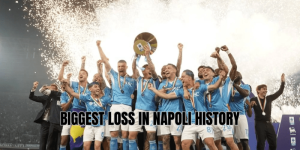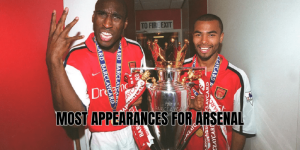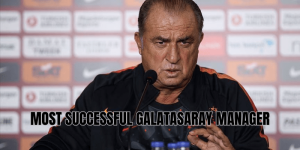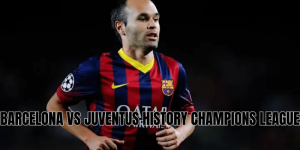From the fiery streets of Rio de Janeiro to the stands of Maracanã, the name Flamengo evokes passion, drama, and a legacy built on legends. For decades, the red-and-black of Clube de Regatas do Flamengo has been adorned by players whose names ring out among football fanatics worldwide. In this article, TigerKick will guide you through the most unforgettable Flamengo football legends — the players who made this club a myth, a brand, and a heartbeat in Brazilian and global football.
The Heart of Flamengo: What Defines a Legend
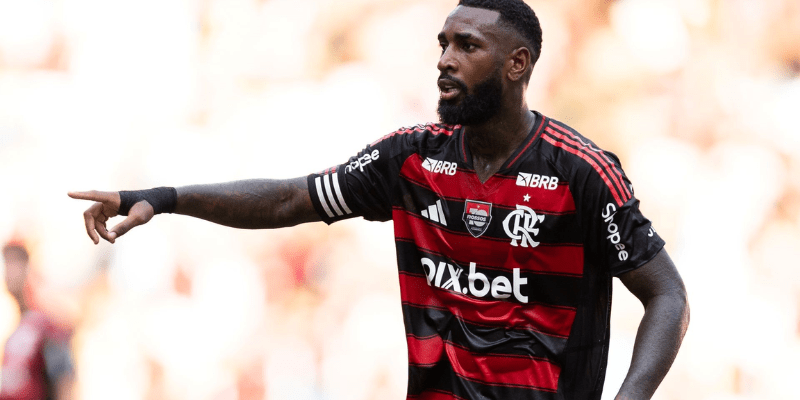
Before diving into names, it’s worth asking: what elevates a player from “great” to legend at Flamengo? It’s not just the trophies or goals — though those count— but the soul, consistency, and emotional connection with the fans. A Flamengo legend must carry the identity of the club, emerge in defining moments, and leave a legacy that new generations invoke with reverence.
In Flamengo’s history, legends often share these traits:
- Immense longevity or high-impact short spells
- Key contributions in iconic victories
- Deep emotional connection with the torcida (fans)
- Records or “firsts” that endure
- Representation on national and international stages
Many names satisfy all these, but in a club with such rich history, we must highlight a selection of pillars across eras.
The Golden Era Icons
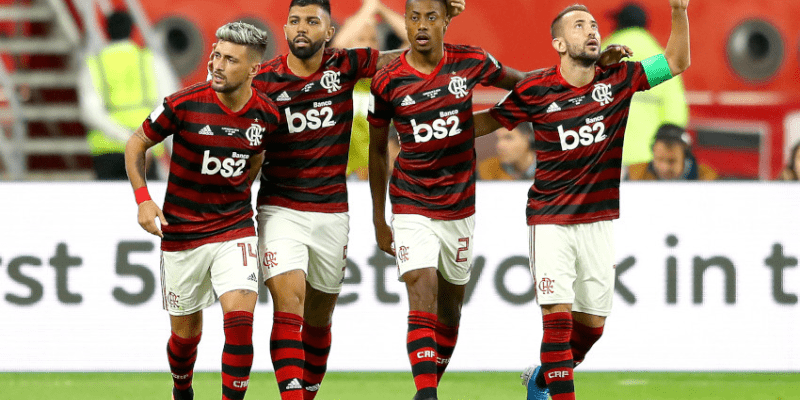
Zico: The God of Flamengo
If there is one name that eclipses all others in Flamengo football legends, it is Zico (Arthur Antunes Coimbra). He remains Flamengo’s all-time top scorer with over 500 goals in more than 700 appearances. His technique, free kicks, vision, flair — everything about him symbolized what Flamengo aspired to be.
In 1981, when Flamengo won both the Copa Libertadores and the Intercontinental Cup, Zico was the linchpin: he scored crucial goals, orchestrated attacks, and lifted the club onto the world stage. The 1981 title run is frequently recalled as the moment Flamengo stepped into global club consciousness. During his time, he also helped the club claim multiple Brasileirão titles and Carioca championships.
Beyond pure statistics, Zico became a cultural figure — idol, coach, ambassador — and for many, the very soul of Flamengo.
Júnior: Versatility, Longevity, Emblem
Leovegildo “Júnior” Fernandes became a walking emblem. As a left full-back, midfielder, and even central roles, Júnior’s versatility made him indispensable across decades. He’s often cited as Flamengo’s most-capped player — his appearances outnumber nearly everyone in the club’s history. He represented Brazil in multiple tournaments, including World Cups, and helped Flamengo win national leagues and international trophies.
What sets Júnior apart is not an explosive peak but consistent excellence. In the roller-coaster world of football, he remained a torchbearer of identity.
Adílio and Nunes: The 1981 Pillars
The Libertadores-Intercontinental double of 1981 is often considered Flamengo’s greatest season. Few understand that era without remembering Adílio (midfielder) and Nunes (striker). Their partnership with Zico and other stars provided balance, depth, and goals. Adílio’s midfield intelligence and Nunes’s finishing ability gave Flamengo tactical edge.
They represent the supporting pillars in a squad whose fame often centers on Zico — yet their contributions were indispensable.
Legacy Builders from Earlier Eras
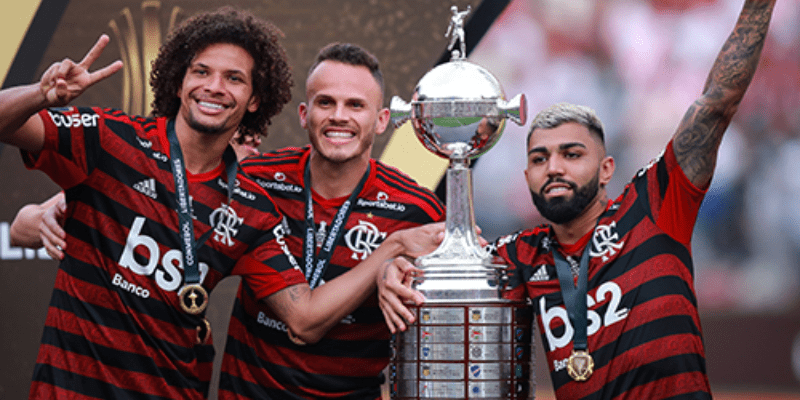
Leônidas da Silva: The Black Diamond
Before the 1950s, Leônidas da Silva broke conventions. Known as the “black diamond,” his dribbling, agility, and audacious style were revolutionary. Though he played for several clubs, his time at Flamengo remains iconic. Leônidas is often credited with popularizing the bicycle kick. His legacy lives in the mythic realm — not just a star of his era, but a bridge between early Brazilian football and modern flair.
Carlinhos: Elegance, Class, Dual Role
Luís Carlos Nunes da Silva—Carlinhos—gave Flamengo decades of service both as a player and later a coach. On the pitch (1958–1969), he was elegant, controlled, fair, earning the nickname “The Violin.” His post-playing career led him to manage Flamengo in many stints, shaping later legends. Inside the club’s lore, Carlinhos is a “life-long flamenguista” whose influence spans eras.
Liminha and Alfredo (Alfredinho): The Workhorses
Liminha (João Crevelim) played over 500 matches for Flamengo, mostly during the 1960s and 1970s. He embodied reliability, grit, and quiet dignity. Alfredo “Alfredinho” Willemsens is less known globally but remarkable: as a forward in the 1930s, he scored 103 goals in 106 appearances for Flamengo — nearly a goal. His scoring ratio remains one of the club’s most efficient ever.
They may not carry the same fame as Zico or Júnior, but legends are also those whose names are whispered among the faithful.
Modern Heroes and 21st-Century Idols
Léo Moura: The Iron Right-Back
In the modern era of the club, few defenders are as beloved as Léo Moura. A right-back with immense stamina, overlapping runs, and attacking support, Léo became a symbol of Flamengo’s resurgence. Over nearly a decade at Flamengo, he racked up large appearances, contributed goals and assists, and brought leadership.
His consistency made him a reference for younger defenders and a fan favorite for his warrior spirit.
Everton Ribeiro, De Arrascaeta, and Gabigol: The Recent Star Makers
In recent years, Flamengo’s success on the domestic and continental stage owes much to a trio of modern stars:
- Everton Ribeiro: A midfielder with vision, dribbling, and control of tempo. His presence stabilized Flamengo’s midfield; he also delivered in big matches.
- Giorgian de Arrascaeta: The Uruguayan playmaker who arrived and became a creative engine. His passing, set-pieces, and ability to unlock defenses made him central to Flamengo’s attack.
- Gabriel Barbosa (Gabigol): In terms of pure, dramatic impact, Gabigol ranks among newer legends. His scoring in decisive matches (Libertadores final, domestic knockout stages) cements his place in Flamengo lore.
These three are emblematic of Flamengo’s “new wave” — blending domestic Brazilian tradition with a more global, tactical, interconnected style.
Top 10 Flamengo Legends: A Suggested All-Time XI
Below is a suggested all-time XI drawn. There will always be debates; this is one version:
| Position | Player | Commentary |
| Goalkeeper | Raul Plassmann | Hero of the 1981 Libertadores side. |
| Right-back | Léo Moura | Modern legend with attacking strength. |
| Centre-back | Ronaldo Angelim | Headed the title-winning goal in 2009, solid defender. |
| Centre-back | (Others like Domingos da Guia) | A historic strong defender era. |
| Left-back / Wing | Júnior | Defensive and creative balance. |
| Defensive Mid | Liminha | Workhorse, consistent presence. |
| Central Mid | Adílio | Linking attack and defense in golden squad. |
| Attacking Mid | De Arrascaeta | Modern creativity in Flamengo’s engine. |
| Forward | Zico | The club’s god. |
| Forward | Nunes / Gabigol (rotate) | Nunes in 1980s, Gabigol in recent era. |
| Forward | Leônidas da Silva | Early flair, pioneer of style. |
This is just one assembly — many fans will argue for others like Carlinhos, Alfredo, or regional legends not globally known.
Statistical Highlights & Records
- Flamengo’s records show some players with extraordinary appearances: the club’s list of record-players features names like Léo Moura and others dominating match counts.
- In their trophy cabinet, Flamengo boasts 7 Campeonato Brasileiro titles, 3 Copa Libertadores, 1 Intercontinental Cup, and over 39 Carioca state championships.
- The club’s all-time records catalogue also includes youngest and oldest player metrics — testament to the scale of club history.
- The club reached the milestone of scoring over 13,000 official goals, in which Gabigol’s strike sealed the number (a modern chapter in the legend book).
These numbers aren’t just stats — they reflect the eras, players, and ambitions that shaped Flamengo’s identity.
Why These Legends Still Matter
These men did more than play—they carried myths, identities. Zico became a global ambassador. Júnior and Adílio became symbols of continuity. Modern names like Gabigol connect today’s fans with history. When a youngster dons the Flamengo shirt, they look backward while stepping forward.
Their photos adorn walls, their tales inspire chants, their records become benchmarks. Flamengo football legends fill more than history books; they occupy the emotional core of the club.
Final Thoughts
Flamengo football legends are not just names — they are stories, identities, and bridges across generations. In this journey with TigerKick, we’ve traced legends from Leônidas to Zico,, every heart in Maracanã.
If you enjoyed learning about these legends, stay with TigerKick: explore in-depth biographies, match reviews, transfer rumors, and stats. Next, why not dive into Zico’s biography, or explore Flamengo’s greatest matches in history? Your curiosity is just the beginning — let TigerKick be your guide.

